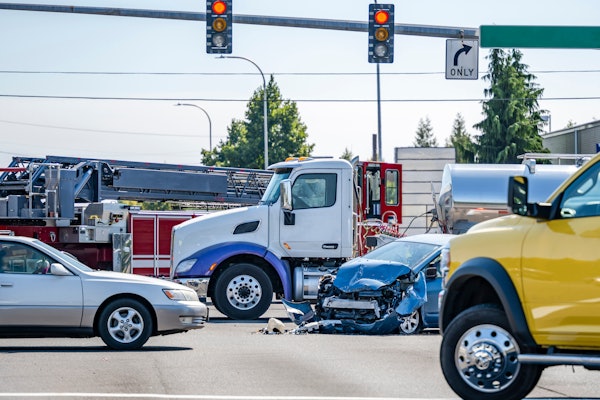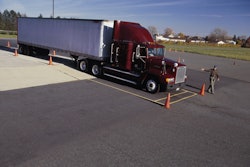
Artificial intelligence has moved from a trendy buzzword to a necessary game-changer that is already influencing trucking operations' safety, compliance, and driver coaching.
A panel discussion held Monday at the American Trucking Associations' 2025 Management Conference & Exhibition in San Diego dissected AI's evolution and how fleets can balance concern with the technology with the transformative opportunities in front of them.
The discussion covered the various perceptions of AI, which Motive's Lead Solution Engineer Greg Ryan described as ranging from "terrifying all the way to transformative."
Karol Smith, Director of Transport at Estes Forwarding, championed AI as a "partner" that enhances, rather than replaces, human decision-making and credited the technology with transforming driver behavior, making major changes to incident rates, and helping reduce insurance costs.
"It's helping us do compliance work that we just don't necessarily have time to do," Smith said.
Bennett Family of Companies (CCJ Top 250, No. 34) Senior Director of Safety and Compliance Jared Whitson agreed there are many potential benefits with AI but urged the industry to acknowledge "legitimate concerns," pointing to the social and relational risks of constant performance monitoring, as well as the immediate "career upheaval" as AI changes job responsibilities. Whitson stressed the need for transparency as motor carriers deploy AI, "taking the time to communicate exactly what is being used, how it is being used, [and] what decisions it will drive."
Practical applications
AI is already tackling practical fleet challenges.
Smith said her team uses AI to automate low-level and menial activities like managing compliance documents. Instead of manually tracking expiration dates for driver's licenses and tractors, the system sends automated alerts, and it "eliminates a lot of hours of" tedious work while also ensuring the entire team has the same information.
AI can also scale safety operations. Whitson noted it's impossible for a large fleet to manually coach every driver for every event, adding AI-powered automated coaching acts as a catch-all that ensures drivers receive personalized, weekly video performance reviews.
Data consolidation and what's ahead
The power of AI is dependent on data, and both Smith and Whitson emphasized that consolidating safety, operations, and financial data onto a single platform is critical.
"Siloed data is data, but that's about it," Whitson said.
Smith noted that a unified data source "eliminated a lot of headbutting" and brought teams together to "focus on the decisions that have to be made."
Whitson argued that the real race for companies is "getting your data not only purified, but structured properly."
"Garbage in, garbage out," added Ryan, also warning that AI can produce bad ideas "orders of magnitude faster" if it's fed bad data.
Ryan concluded that AI is well past being a fad.
"If you're not using this," he warned, "you're going to get left behind."













